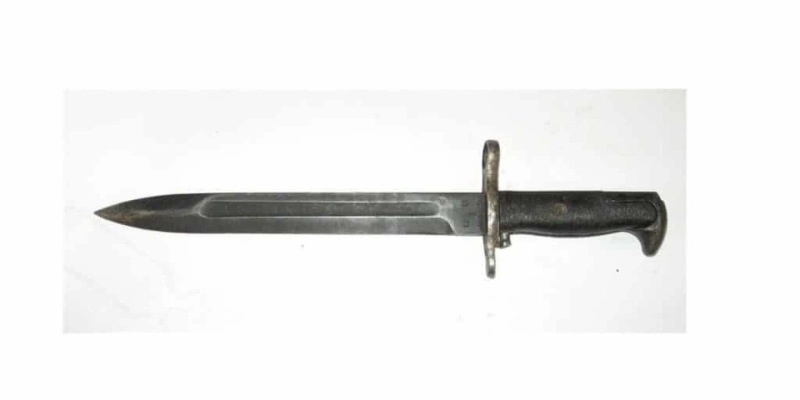Pretty Much Everything You Wanted to Know about the M1 Bayonet
Like the classic “ping” of the spent clip and the timeless appeal of the M1907 sling (which still bears practical value to this ...


Like the classic “ping” of the spent clip and the timeless appeal of the M1907 sling (which still bears practical value to this ...

